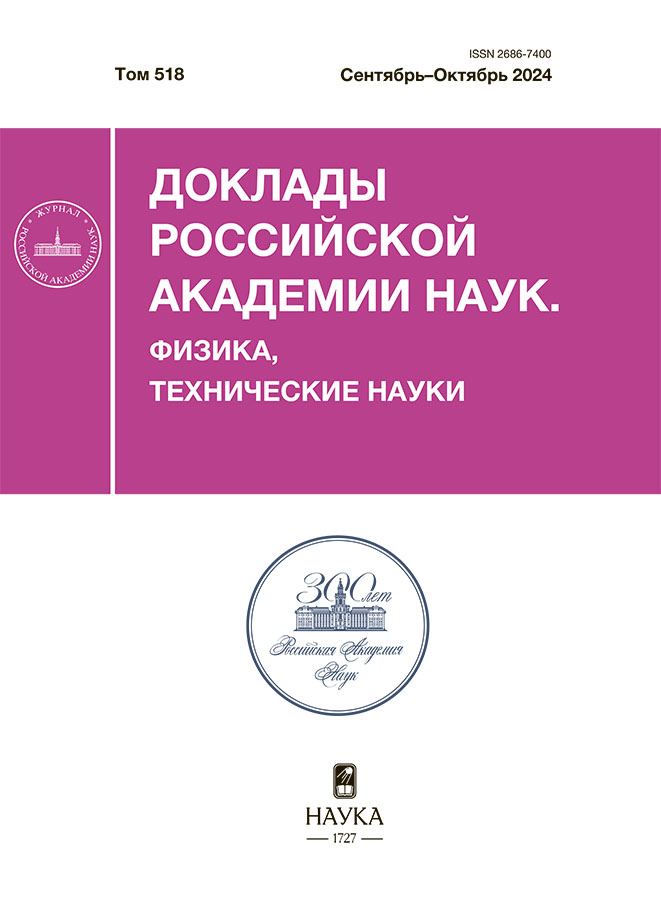High-precision measurement of the group velocity of ultrasound in structural materials on a small base
- Авторлар: Makalkin D.I.1,2, Karabutov A.A.1, Savateeva E.V.1
-
Мекемелер:
- Prokhorov General Physics Institute of the Russian Academy of Sciences
- MIREA – Russian Technological University
- Шығарылым: Том 518, № 1 (2024)
- Беттер: 75-80
- Бөлім: ТЕХНИЧЕСКИЕ НАУКИ
- URL: https://kld-journal.fedlab.ru/2686-7400/article/view/677510
- DOI: https://doi.org/10.31857/S2686740024050121
- EDN: https://elibrary.ru/HWVPIO
- ID: 677510
Дәйексөз келтіру
Аннотация
A method for high-precision measurement of the group velocity of ultrasound in millimeter-thick metal plates using a laser thermo-optical source of ultrasonic pulses is considered. Thickness-calibrated Gauge blocks are used as samples. The influence of the ultrasonic beam diffraction effect and other technical factors are taken into account. It has been experimentally shown that deconvolution of a signal with a pulse characteristic of a receiving converter, together with digital filtering, helps to reduce the dispersion of group velocity measurements – it is less than 0.2% for samples with thicknesses of 1–2 mm.
Толық мәтін
Авторлар туралы
D. Makalkin
Prokhorov General Physics Institute of the Russian Academy of Sciences; MIREA – Russian Technological University
Хат алмасуға жауапты Автор.
Email: dmitrymakalkin@yandex.ru
Ресей, Moscow; Moscow
A. Karabutov
Prokhorov General Physics Institute of the Russian Academy of Sciences
Email: dmitrymakalkin@yandex.ru
Ресей, Moscow
E. Savateeva
Prokhorov General Physics Institute of the Russian Academy of Sciences
Email: dmitrymakalkin@yandex.ru
Ресей, Moscow
Әдебиет тізімі
Қосымша файлдар















